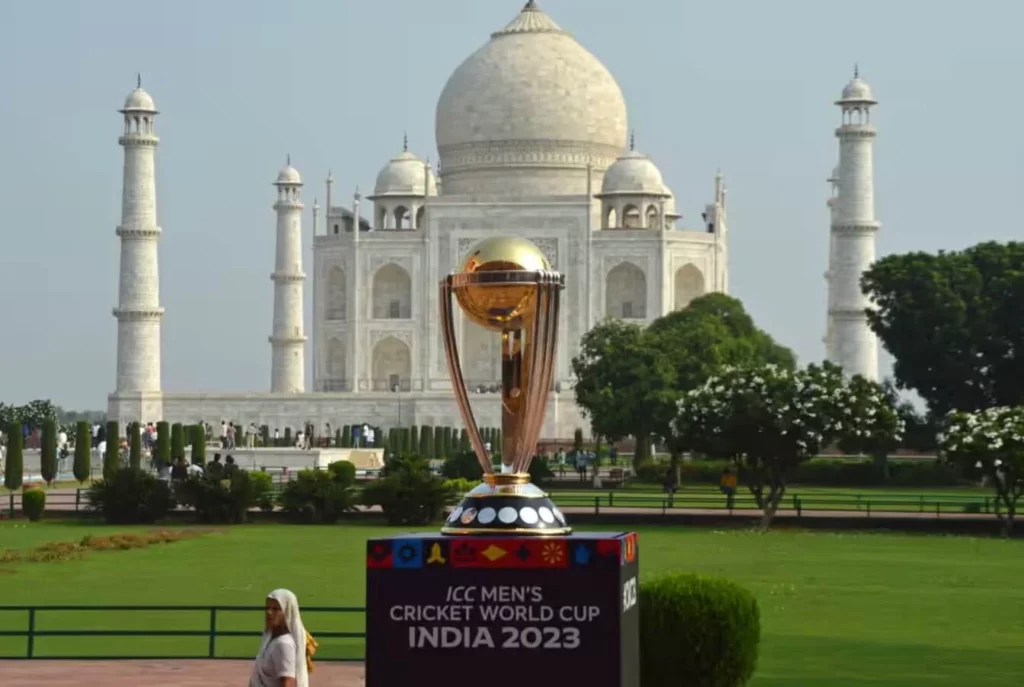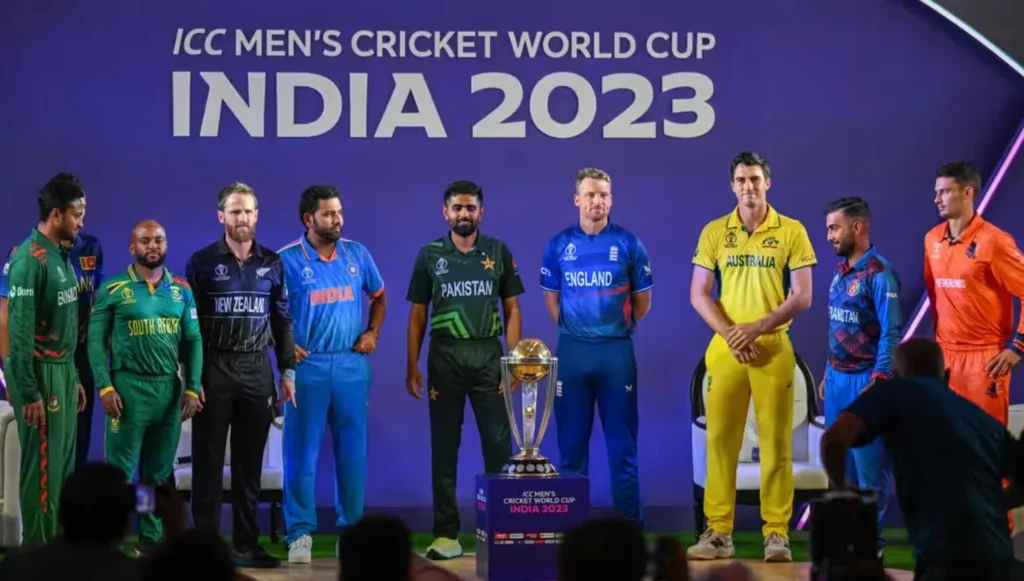
Nestled within Ahmedabad is a spectacle of colors: the Narendra Modi Stadium. With its impressive seating capacity, it comes second only to a stadium in Pyongyang. But this gigantic structure, decorated in a riot of pink and purple for the World Cup, stands in stark contrast to the silent streets that surround it.
One cannot help but be awed by the Narendra Modi Stadium. As the second-largest globally, its vastness is not just in size but also in spirit. Here’s a quick look:
| Feature | Detail |
| Seating Capacity | 132,000 |
| Colors of the Seats | Bright Orange, Yellow, and Blue |
| Unique Feature for World Cup | Decorated in pink and purple livery |
While the stadium stands resplendent, a few steps outside paint a different picture. The city, home to over 7.5 million people, shows surprisingly little indication of the colossal event about to unfold within its heart.
The Silent Echoes of the Tournament
It seems paradoxical. A stadium, so alive in anticipation, amidst a city seemingly untouched by World Cup fever. Kumar Dharmasena and Nitin Menon, the chosen umpires for the inaugural game, were perhaps the only clear signs of the impending tournament, spotted during a casual dinner gathering.
However, as India’s Rohit Sharma remarked, the pulse of excitement is omnipresent.
The enthusiasm people feel isn’t limited to just a couple of cities; it permeates the whole nation. Everywhere you travel, the conversation inevitably turns to the World Cup. This was evident even during the preliminary games a month ago. In India, major events always spark a lot of anticipation and given cricket’s immense popularity in the country, the widespread excitement is entirely expected.
Indeed, the passion for cricket in India is unparalleled. But, even for such an enthused nation, filling up 132,000 seats presents a challenge, especially if the home team isn’t playing.
The Ticketing Challenge
The span of the World Cup has raised eyebrows and concerns. Since its announcement, there has been an apparent reluctance among potential foreign attendees, partly due to its duration and partly due to visa issues for neighboring countries. The interesting dynamic between the International Cricket Council (ICC) and the Board of Control for Cricket in India (BCCI) is evident, with each referring ticketing questions to the other.
| Issues facing the tournament | Remarks |
| Ticket Sales | Still available and offered to local groups |
| Visa Concerns | No visas for fans or journalists from Pakistan |
| Response from Authorities | ICC & BCCI referring questions to each other |
Anticipations and Letdowns
Rumors were rife about the grand opening ceremony. Talks of an ensemble of Bollywood stars, led by Ranveer Singh and the iconic Asha Bhosle, filled the air. Comparisons were even drawn with the Indian Premier League’s opening, which was nothing short of magnificent. But, in a rather anti-climactic turn, the ICC announced that there would be no opening ceremony. Instead, the legendary Sachin Tendulkar, recently appointed as the World Cup’s global ambassador, would grace the event with the trophy.

What Lies Ahead?
While the initial stages have been marked by subtle undertones, the true essence of the World Cup is in the matches. The last four years have seen a metamorphosis in the way one-day internationals are played. High-scoring matches have become the norm.
In the past, teams might have used the middle overs to stabilize, but now, they’ve become an opportunity for acceleration, thanks to evolving strategies and fielding restrictions.
A testament to this change is India’s scoring rate. They’ve surpassed their previous best rate of 5.76 runs an over, not once, but thrice in the past four years. This World Cup promises to be a carnival of such evolved gameplay.
Tom Latham, stepping in as New Zealand’s captain, aptly encapsulates the sentiment:
“You look at a World Cup and it’s always, you know, it’s always on the horizon. It’s always years away. And then to finally be here, it’s really exciting.”
Indeed, the world waits with bated breath to see the magic unfold in the coming weeks. The streets of Ahmedabad might seem silent, but the echoes of the excitement can be felt far and wide.




